It’s an old saying, but it’s been around for a long time because it’s true: the most dangerous knife is the one you don’t take care of, the one with a dull blade.
That’s the sort of the knife you absolutely don’t want.
Responsible knife owners know that finding and purchasing the right knife is only the initial step. Buying a knife is the beginning of a lifetime relationship. If you provide the knife the proper care and maintenance, the knife will provide you a lifetime of excellent service.
It’s also an issue of personal safety. If you have a dull blade, chances are you will attempt to compensate for the lack of cutting ability by applying more force, which is when injuries occur. This is especially true for hunting and fishing knifes, used in the sort of situations where heavy-duty use is required.
Also, a dull blade is less effective in tactical situations. When the unexpected strikes, you want yourself – and your knife – to be prepared.
Keeping Your Knives Sharp: The Right Tools
If you have already purchased a quality knife, you now need to know how to keep it sharp. To handle the job of keeping your knives sharp, you’ll first need the proper tools.
The place to start is with a sharpening stone. If your knife is in good shape and you are just maintaining the blade, then use a stone with a more fine service. If you’ve slacked off for some time on sharpening your knife, then you will want a coarse stone.
If the blade is in disrepair and has rust, take fine sandpaper and rub the blade, carefully removing the rust as you go.
Before beginning the sharpening, first wet the stone with oil. The oil is needed to draw away the fine metal shavings (called swarf) that the stone will take from the blade.
Once the stone is properly oiled, then draw the edge of the blade along the stone in long, smooth strokes. Try to go slowly. Make sure to draw the entire length of the blade across the stone to ensure you sharpen the entire edge.
Once finished, dry the knife thoroughly. And oil it if you think you will not be using it for some time.
For those without the time or patience for using oil (it can, after all, be messy), another solution (which is easy and portable) is a compact, tapered sharpening rod that can easily be carried in a EDC bag, wallet or purse.
Other Tips for Maintaining a Blade
To check if your blade is sharp enough, hold the edge straight and have a light source directly above. A duller blade will show a reflection, although this is not always the case.
Another way to check is the tried and true method of cutting something, such as paper. A properly sharpened blade will cut through paper like its hot butter. Be aware, however, that this method can be influenced by the width and thickness of the blade and the angle of grind on the blade. Cutting a thin piece of rope is another way of testing sharpness.
Maintaining a blade properly does not take long hours, just consistency and dedication to making sure your blade is the best it can be. No matter what kind of knife you have, it will only perform as well as you treat it, so work on keeping your knives sharp at all times.

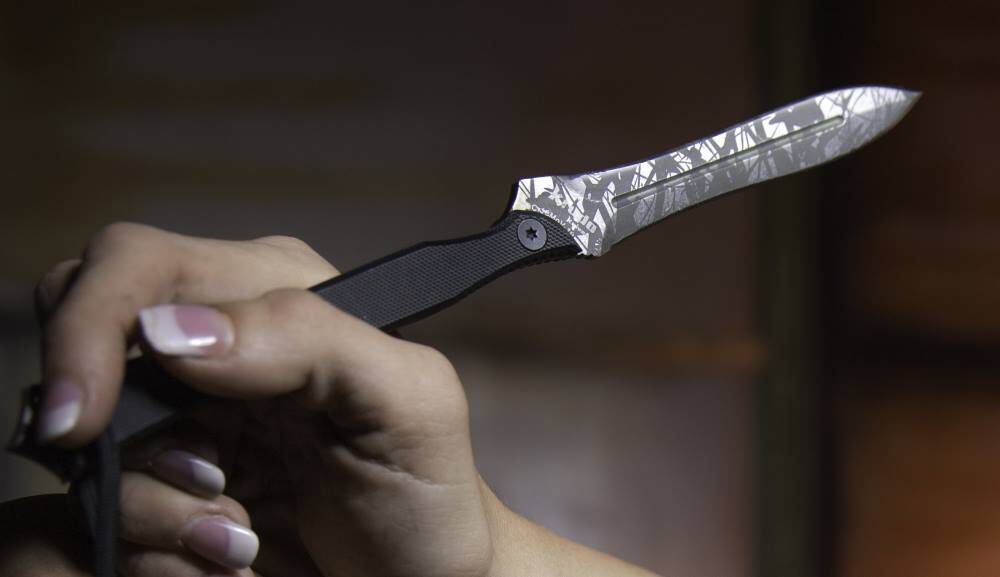
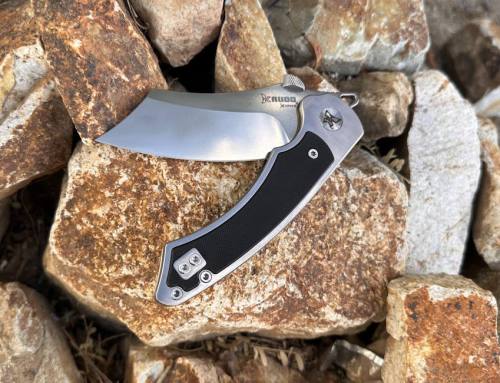
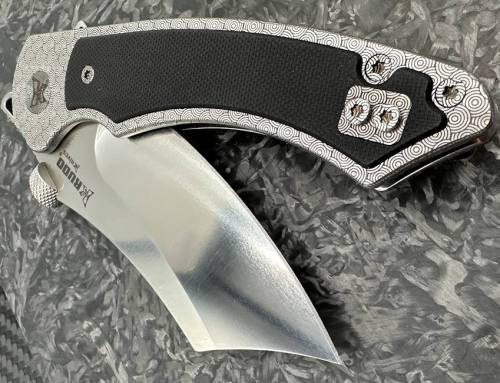
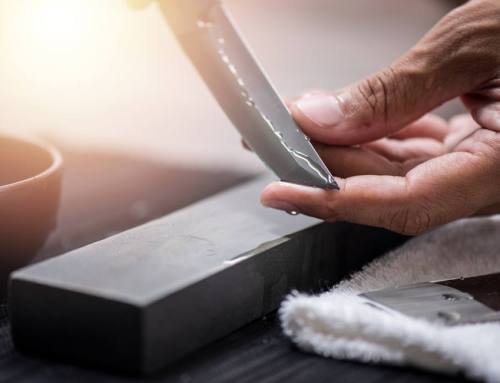
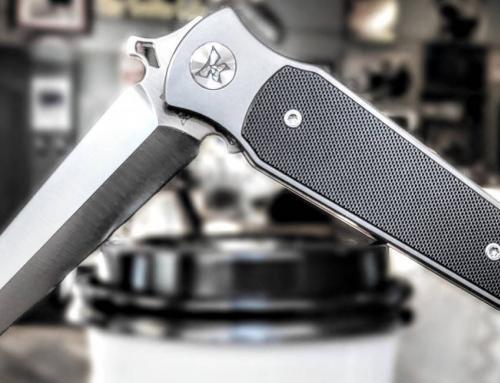
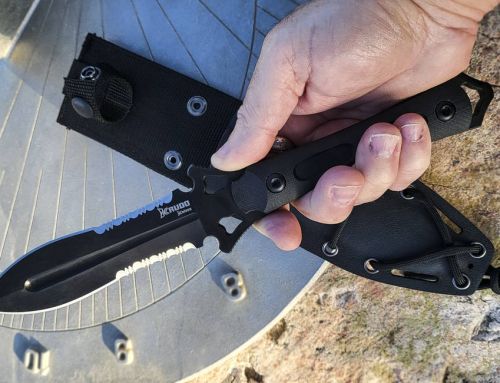
Really this is excellent. We can also use knife strap for keeping our knives new with smooth blade.